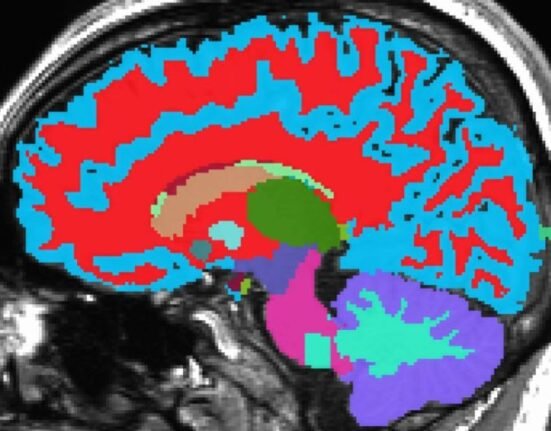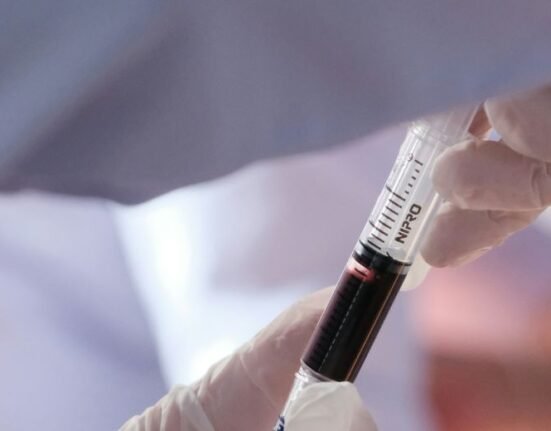HQ Team
July 30, 2024: An eye scan can spot early signs of Alzheimer’s disease in the retina or the small blood vessels in the back of the eye in seconds before it affects the brain, two studies reveal.
A non-invasive imaging device, called optical coherence tomography angiography (OCTA), will show how the retina vessels are altered in Alzheimer’s patients. It enables physicians to see the smallest veins in the back of the eye, including the red blood cells moving through the retina.
In the first study researchers at Duke University used OCTA to compare the retinas of Alzheimer’s patients with those of people with mild cognitive impairment, as well as healthy people.
They found that the Alzheimer’s group had a loss of small retinal blood vessels at the back of the eye and that a specific layer of the retina was thinner. Even people with mild cognitive impairment did not show these changes.
‘Unmet needs’
“This project meets a huge unmet need,” said ophthalmologist and lead author Sharon Fekrat, MD, professor of Ophthalmology at Duke University.
“It’s not possible for current techniques like a brain scan or lumbar puncture (spinal tap) to screen the number of patients with this disease. Almost everyone has a family member or extended family affected by Alzheimer’s. We need to detect the disease earlier and introduce treatments earlier.”
The second study was done by researchers from the Sheba Medical Center in Israel, who examined 400 people with a family history of the disease but showed no symptoms themselves.
They compared their retina and brain scans with those who have no family history of Alzheimer’s. They found that the inner layer of the retina is thinner in people with a family history.
Hippocampus
The brain scan showed that their hippocampus, an area of the brain that’s first affected by the disease, had already begun to shrink. Both factors, a thinner inner retina layer and a smaller hippocampus, were associated with scoring worse on a cognitive function test.
“A brain scan can detect Alzheimer’s when the disease is well beyond a treatable phase,” said lead researcher Ygal Rotenstreich MD, an ophthalmologist at the Goldschleger Eye Institute at Sheba Medical Center.
“We need treatment intervention sooner. These patients are at such high risk.”
Diagnosing Alzheimer’s is currently a challenge. Some techniques can detect signs of the disease but are impractical for screening millions of people.
Brain scans are expensive and spinal taps can be harmful. Instead, the disease is often diagnosed through memory tests or by observing behaviour changes.
By the time these changes are noticed, the disease is advanced. Even though there is no cure, early diagnosis is critical as future treatments are likely to be most effective when given early. Early diagnosis would also give patients and their families time to plan for the future.








